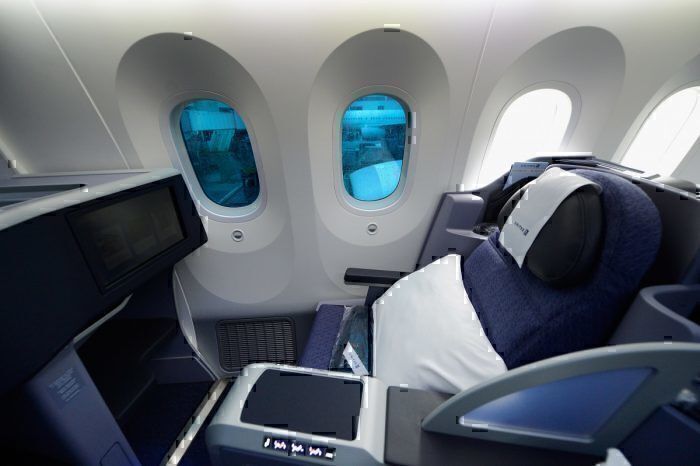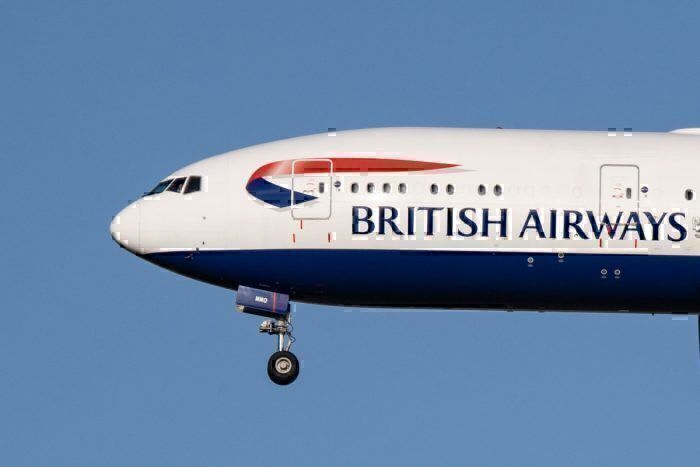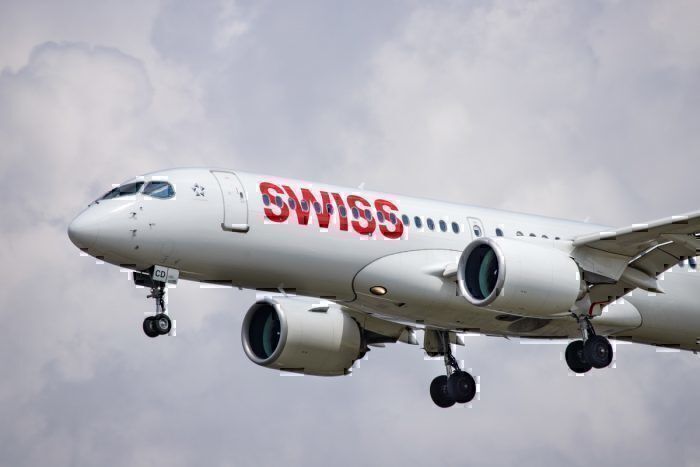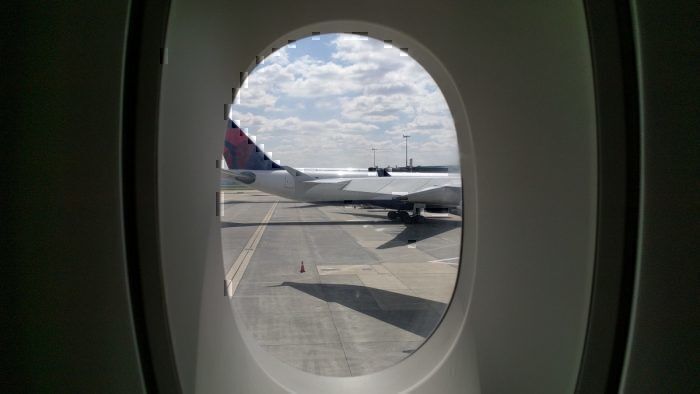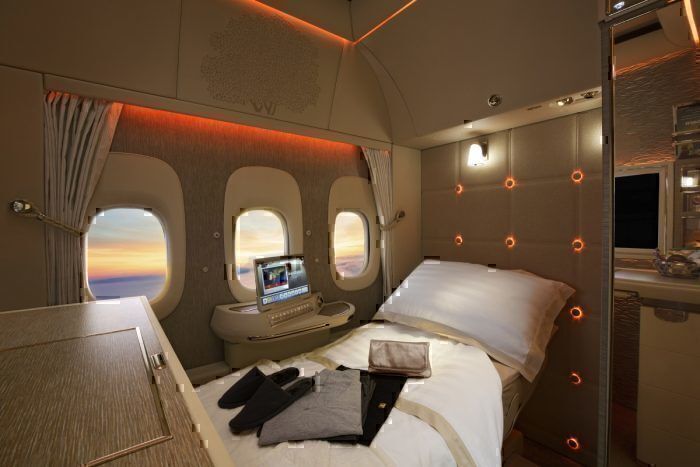For those that like looking out of the window during a flight, surely bigger is better? But which aircraft offer the largest windows? While the size differences in most cases are minimal, there are a few aircraft that stand out.
Boeing 787 – the largest windows in passenger service
One of the facts often quoted about the Boeing 787 is its large and innovative windows. This is not just marketing from Boeing; it does indeed have the largest windows ever seen in a jet aircraft. The 787's windows are 10.7 x 18.4 inches in size.
How has Boeing managed to increase the window size? The main reason is that the 787 has a composite construction instead of aluminum. This is more resistant to fatigue, and therefore allows larger windows to be installed.
Fatigue is the main reason windows have been kept smaller in the past. The aircraft fuselage is continuously expanding and contracting with changing pressures, and, over time, this can lead to defects. Larger windows would increase this risk but less so with a more fatigue-resistant fuselage.
As anyone who has flown on the 787 will know, the windows also feature smart glass shades. These allow the passenger or the cabin crew to control shading and visibility, offering many more options for changing light than open or closed plastic shades. This is hopefully something we will see more of in the future.
Boeing 777 – bigger windows than the 747
The next largest windows belong to the Boeing 777. These measure 10 by 15 inches. These same windows are also used on the Boeing 767-400 and the main deck windows of the 747-800.
These are much larger than the windows on the 747-400 (and earlier). These were based on designs and fuselage layout seen on the Boeing 707 (and also the 727 and 737). The standard size of these is 9 by 12.5 inches.
Airbus – generally smaller windows than Boeing
On most of its aircraft, Airbus windows are generally smaller than those offered by Boeing. The exception is the Airbus A220. It offers extra-large windows measuring 11 by 16 inches (according to Airbus).
This aircraft, of course, was designed by Bombardier Aerospace as the Bombardier C Series, before being sold to Airbus.
Of the other Airbus aircraft, the A350 has the largest windows at 13.5 by 9.5 inches, followed by the A330 and A340 sharing the same window design of 12.3 by 9 inches.
Interestingly, the windows on the A380 seem larger than they are. This is due to the thickness of the cabin walls and the large frame that surrounds a smaller window – a subtle effect, but it doesn't make the window any larger!
Boeing Business Jets – larger windows coming for corporate aircraft
The prize for the largest windows in the air goes to Boeing and the Skyview Panoramic window. This is a massive panoramic window, measuring 4.5 feet by 1.5 feet, developed by aerospace firm Fokker Technologies.
Boeing will make these available on corporate aircraft only, however, through their Boeing Business Jet offering. These are modified aircraft for the corporate jet market, based on the Boeing 737 family, and will include Boeing Business Jet (BBJ) based on the 737-700, BBJ2 (based on the 737-800) and BBJ MAX (based on the 737 MAX 8 and MAX 9) aircraft.
Designing such a window has taken some time, and according to reporting in The Telegraph, has taken many years to get FAA and EASA approval. The window can be installed in several specified locations aft of the wings. It was only launched in 2018, and it remains to be seen what the uptake will be.
Will we ever see no windows on a passenger aircraft?
Whilst passengers like, and are used to, windows on aircraft, they remain a point of weakness in fuselage construction. Removing them would save money, both in maintenance and aircraft operation. But would passengers be able to cope with it?
We are likely some time away from seeing this in practice, but Emirates at least has started to experiment with the possibility of a windowless cabin. It has developed a first class suite with virtual windows, and have begun to look at expanding this concept.
In reporting by the BBC, Emirates president Sir Tim Clark explained:
"Imagine now a fuselage as you're boarding with no windows, but when you get inside, there are windows. Now you have one fuselage which has no structural weaknesses because of windows. The aircraft are lighter; the aircraft could fly faster, they'll burn far less fuel and fly higher."
There are many things to overcome before this is made a reality. Safety is one (having vision outside the aircraft is vital in emergencies or evacuations). Passenger anxiety and claustrophobia are others. But it is nevertheless an exciting development, alongside the push to make windows bigger!
And if you just find aircraft windows too dull and repetitive, take a look at this article we wrote covering a company that offers stained glass conversions for the many aircraft windows.
It's hard to find accurate sizes and details of all aircraft windows, so do let us know in the comments if you know of any other aircraft with larger sized windows – especially older or less conventional models.


